Camera shake evaluations
Test the impact of camera shake using apps
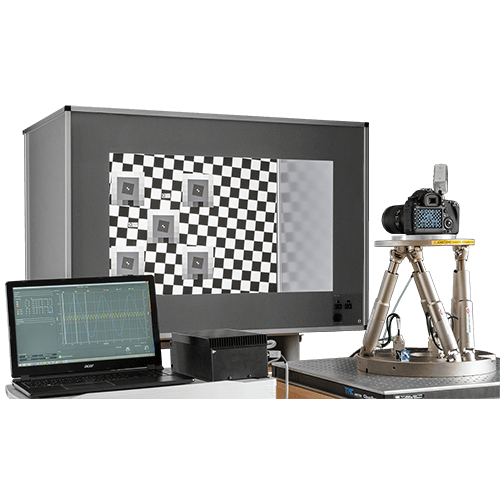
Up until now, image stabilization tests have focused on human hand tremors. These tests relied on advanced equipment to simulate hand shaking in a test lab environment. In addition, the ISO committee TC42 WG18 established standardized handshake profiles despite the difficult nature of standardizing human hand movement.
These profiles, however, do not focus on cameras that are not held by a human hand, thus making them very difficult to test the effectiveness of a camera's internal stabilizer. Luckily, as will most problems today, there are apps that can help you generate movement profiles for cameras that are not handheld. Once created, you can use these profiles with an advanced testing device, e.g., a stabilization hexapod, to generate testing parameters in a test lab.
Check out our latest blog article to learn more about these apps and how to evaluate camera shaking.
STEVE-6D
Automated OIS tests with six degrees of freedom
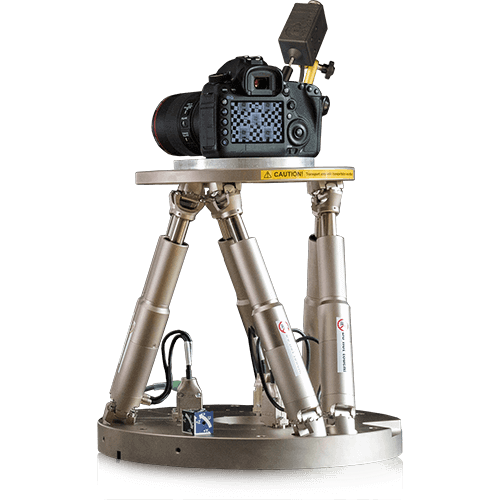
The STEVE device is a hexapod that uses six degrees of freedom to analyze the performance of a camera system's optical image stabilizer (OIS). Different vibrations can be generated using STEVE, and the control software allows the user to modify and control the frequency and amplitude of each movement direction.
CIPA-compliant vibration and sine waves or individual waveforms are possible, and all movements can be reproduced and repeated accurately when using STEVE.
Image Stabilization performance
An overview of camera stabilization performance
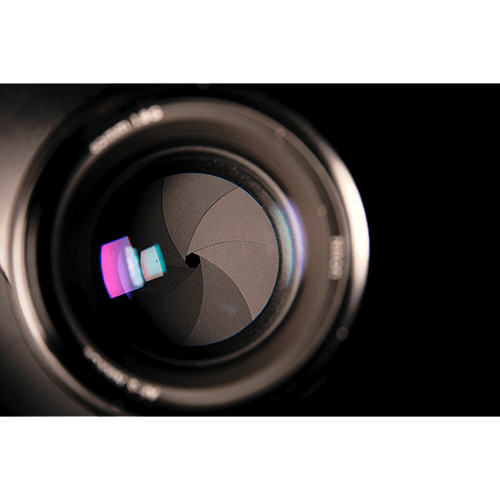
Image stabilization refers to how stable the optical system within a camera is during image capture. If the camera is not stable, then the image will appear blurry. There are many causes of blurred photos, such as weak lighting conditions, long focal lengths, and slow shutter speed combined with handheld camera shaking. Learn more about the background of image stabilization and how to test your camera's stabilization performance.
Camera timing parameters
An overview of the timing parameters of a camera system
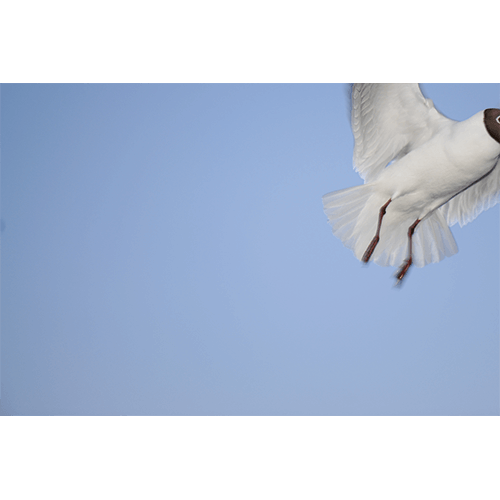
One of the most crucial components of a camera system is the performance of its various timing parameters. These parameters are essential to capturing and processing images and help control a camera system's exposure, synchronization, and overall performance.
Understanding and controlling timing parameters allows camera system operators to achieve their desired exposure settings, motion capture, and overall image quality.
LED-Panel
An advanced timing measurements device
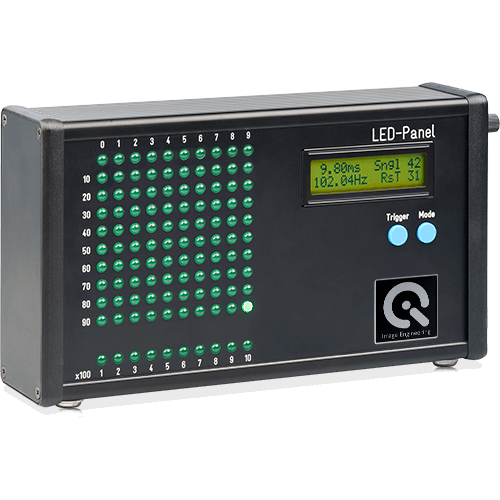
The LED-Panel is a compact device with a 10 x 10 LED lightboard that provides various illumination modes and frequencies depending on the measured parameters. It closely follows the requirements outlined in ISO 15781 and can measure the essential timing parameters, many in a single image.
The latest version (V5) offers the ability to dim the LED board to improve low-light testing, and we have also improved the accuracy under bright light conditions. A version available for near-infrared (NIR) testing comprises LEDs in the IR range.

